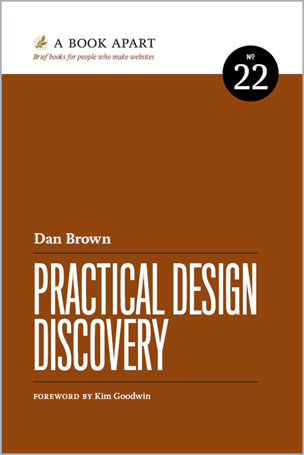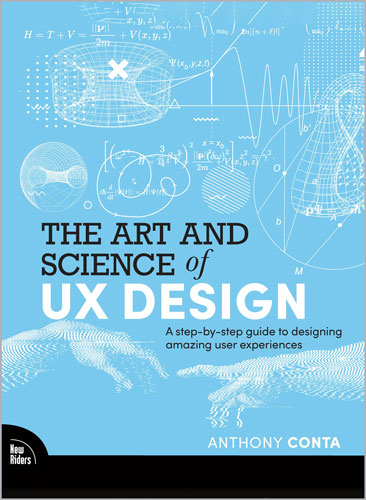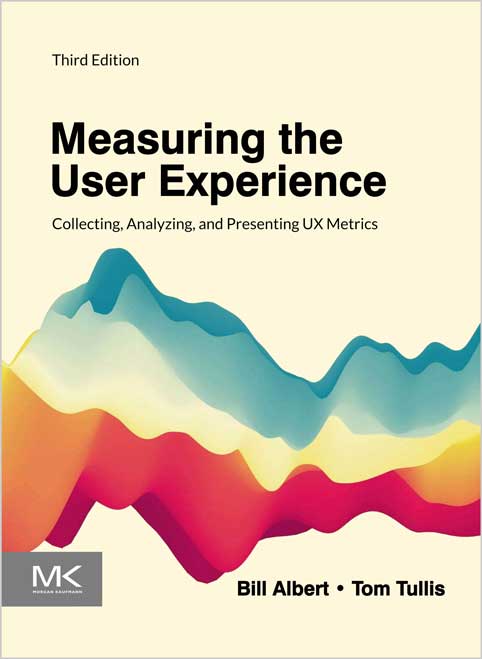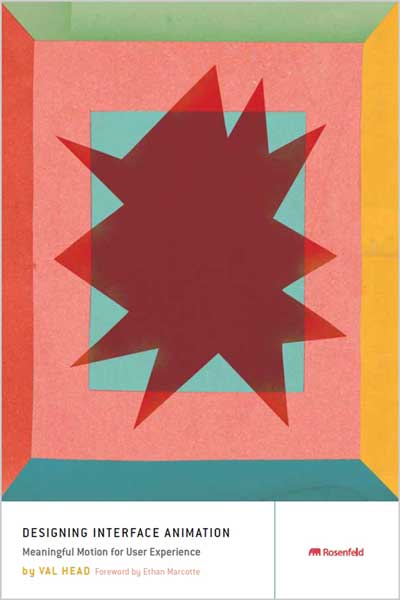Using Psychology to Design Better Products & Services
Jon Yablonski

#UX
#UI
An understanding of psychology-specifically the psychology behind how users behave and interact with digital interfaces-is perhaps the single most valuable nondesign skill a designer can have. The most elegant design can fail if it forces users to conform to the design instead of working within the "blueprint" of how humans perceive and process the world around them.
This practical guide explains how you can apply key principles of psychology to build products and experiences that are more human-centered and intuitive. Author Jon Yablonski deconstructs familiar apps and experiences to provide clear examples of how UX designers can build interfaces that adapt to how users perceive and process digital interfaces.
You'll learn:
- How aesthetically pleasing design creates positive responses
- The principles of psychology most useful for designers
- How these psychology principles relate to UX heuristics
- Predictive models including Fitts's law, Jakob's law, and Hick's law
- Ethical implications of using psychology in design
- A practical framework for applying principles of psychology in your design process
- This updated edition includes an even deeper connection to the underlying psychological concepts that govern the principles explored in the book, along with accompanying UX methods and techniques. Examples have been updated to ensure the deconstructed apps and experiences remain familiar and relevant.
Table of Contents
Chapter 1. Jakob's Law Chapter 2. Fitts's Law
Chapter 3. Miller's Law
Chapter 4. Hick's Law
Chapter 5. Postel's Law
Chapter 6. Peak-End Rule
Chapter 7. Aesthetic-Usability Effect
Chapter 8. Von Restorff Effect
Chapter 9. Tesler's Law
Chapter 10. Doherty Threshold
Chapter 11. Applying Psychological Principles in Design
Chapter 12. With Power Comes Responsibility
Why I Wrote This Book
I wrote this book in order to make complex laws of psychology accessible to more designers—specifically designers who don’t have background knowledge in psychology or behavioral science. The intersection of psychology and UX design has become an increasingly relevant topic in an era when design roles are having an ever-stronger impact within organizations. Along with a growing focus on design, there has been an increase in debate around which additional skills designers should learn, if any, to increase their value and contribution. Should designers code, write, or understand business? Any of these skills could be valuable depending on the project, team, and industry. However, I would argue that every designer should learn the fundamentals of psychology.
As humans, we have an underlying “blueprint” for how we perceive and process the world around us, and the study of psychology helps us decipher this blueprint. Designers can use this knowledge to build more intuitive, human-centered products and experiences. Instead of forcing users to adapt to the design of a product or experience, we can use some key principles from psychology as a guide for designing in a way that is adapted to people. This is the fundamental basis of human-centered design, and it’s the foundation of this book.
But knowing where to start can be a challenge. Which principles from psychology are useful? What are some examples of these principles at work? There’s an endless list of laws and theories that occupy this space, but there are a few that I’ve found particularly helpful and widely applicable. In this book, I explore these concepts and present some examples of how they are effectively leveraged by products and experiences we interact with every day.
Who This Book Is For
This book is for anyone who wishes to improve their design craft, learn more about the intersection of psychology and design, or simply explore why people react to good design the way they do. It’s aimed at designers who want to have a better understanding of psychology and how it impacts and overlaps with the work we do. It’s for professional and aspiring designers alike: anyone who seeks to understand how the overall user experience is affected by an understanding of human perception and mental processes. While the book is specifically focused on digital design as opposed to the more traditional media of graphic or industrial design, the information it contains is broadly applicable to anyone responsible for shaping user experience. I should also mention that it isn’t intended to be a comprehensive resource, but rather an accessible introduction to the psychology fundamentals that have a direct influence on design and how people process and interact with the interfaces we create. It’s full of examples and intended to be easily read and referenced by designers who wish to incorporate this information into their daily work.
- This book will also be relevant to anyone who seeks to understand the business value of good design and why good design is transformative for businesses and organizations. The field of UX design has grown and expanded into new areas thanks to the increase in investment by companies looking to gain a competitive advantage. With this new interest has come the expectation that products and services should be well designed, and simply having a website or mobile application is no longer enough. Companies must ensure their websites and applications, and any other digital experiences they offer, are helpful, effective, and well designed. In order to achieve this goal, designers can, I believe, use psychology as a guide, enabling them to design for how people actually perceive, process, and interact, not only with digital interfaces but also with the world.
Review
"Laws of UX serves as an excellent resource for both newcomers and professionals, encouraging them to delve into the deeper 'why' behind design choices instead of merely imitating existing patterns." — Chris Desjardins, CEO, Tungsten
About the Author
Jon Yablonski is a multi-disciplinary designer who specializes in simplifying complex technology and making it intuitive through user research and interaction design. With over a decade of experience in design and development across various industries such as entertainment, retail, automotive, aerospace, and product, Jon brings a deep understanding of the relationship between human psychology and technology. When he's not creating journey maps or crafting prototypes, Jon is creating digital tools to help designers such as Laws of UX and Humane by Design.









